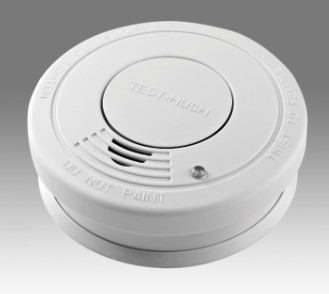Testing and replacing batteries in classic smoke alarms […]
Testing and replacing batteries in classic smoke alarms are essential maintenance tasks to ensure their continued effectiveness in detecting smoke and alerting occupants to potential fire hazards.
Ideally, you should test your classic smoke alarms at least once a month to verify that they are functioning correctly. Most smoke alarms feature a test button that, when pressed, activates the alarm's sounder to confirm that it is operational. Performing monthly tests allows you to verify that the alarm's battery, sounder, and sensor are working as intended.
In addition to monthly testing, it's crucial to replace the batteries in your classic smoke alarms according to the manufacturer's recommendations. While battery life can vary depending on factors such as usage and environmental conditions, it's generally recommended to replace the batteries in smoke alarms at least once a year.

Some smoke alarms may use traditional alkaline batteries, while others may utilize long-life lithium batteries that last for several years. Regardless of the type of battery used, regular replacement is essential to ensure reliable operation and minimize the risk of battery failure.
To determine the appropriate replacement schedule for your smoke alarms, refer to the manufacturer's instructions or guidelines provided with the alarm. Some alarms may feature low-battery indicators or audible alerts to signal when batteries need replacing. Additionally, consider marking your calendar or setting reminders to prompt you to replace batteries on schedule.
Remember that maintaining functional smoke alarms is critical for early detection of fires and protecting your home and loved ones. By testing and replacing batteries in your classic smoke alarms regularly, you can help ensure their continued reliability and effectiveness in providing early warning of fire hazards.